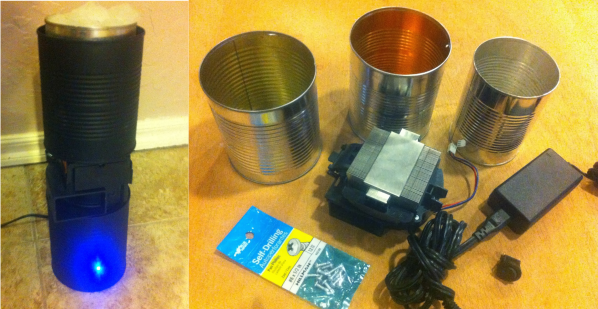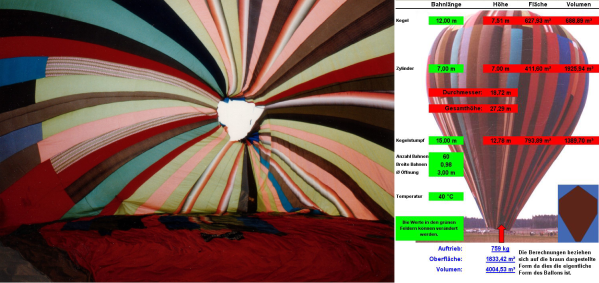
Hacking can make a huge difference in peoples’ lives. So when the Nottingham Hackerspace was challenged with optimizing Ugandan Toilets, they hopped on-board.
Back in January of this year [Nicola Greene] approached the hackerspace with this real-life design problem. She represents Water for People, with support from a UK-based Engineers Without Borders organization. Water for People is involved with improving access to sanitation in Uganda and many other third world countries — to make sure everyone has access to a safe and usable toilet. The cool thing with Water for People is they don’t just want to build an infrastructure for the people and run away, they want to bring together local entrepreneurs and the community to establish a system that will actually last.
So, what is the problem anyway? Well, since Uganda doesn’t have quite the same network of sanitation businesses as we might, it’s important for the new infrastructure to know a few things — in particular, how much do we poop? This question was summarized into a basic goal for the Nottingham Hackerspace:
To develop a low-cost (<$200) monitoring device to give an approximation of what volume of liquids — and in an ideal world, solids, is entering the latrine.
Before you click through, think about how you would solve this?
Continue reading “Measuring Poop For A Better Sanitation Service”

 It’s a remarkable thing when ad agencies manage to help people in the course of advertising. The University of Technology and Engineering Peru (UTEC) was looking for ways to increase enrollment. They went to the Peruvian offices of agency DraftFCB and came away with the idea to install
It’s a remarkable thing when ad agencies manage to help people in the course of advertising. The University of Technology and Engineering Peru (UTEC) was looking for ways to increase enrollment. They went to the Peruvian offices of agency DraftFCB and came away with the idea to install 

 Do you want to use your time more productively but are tomato-averse? [Robin]’s
Do you want to use your time more productively but are tomato-averse? [Robin]’s 
 [Miria] was tired of tangling with bicyclists on her nighttime runs. It was obvious to her to illuminate herself, but she thought it would be really cool if the lights responded to her heart rate. The short summary that tipped us off is
[Miria] was tired of tangling with bicyclists on her nighttime runs. It was obvious to her to illuminate herself, but she thought it would be really cool if the lights responded to her heart rate. The short summary that tipped us off is 








